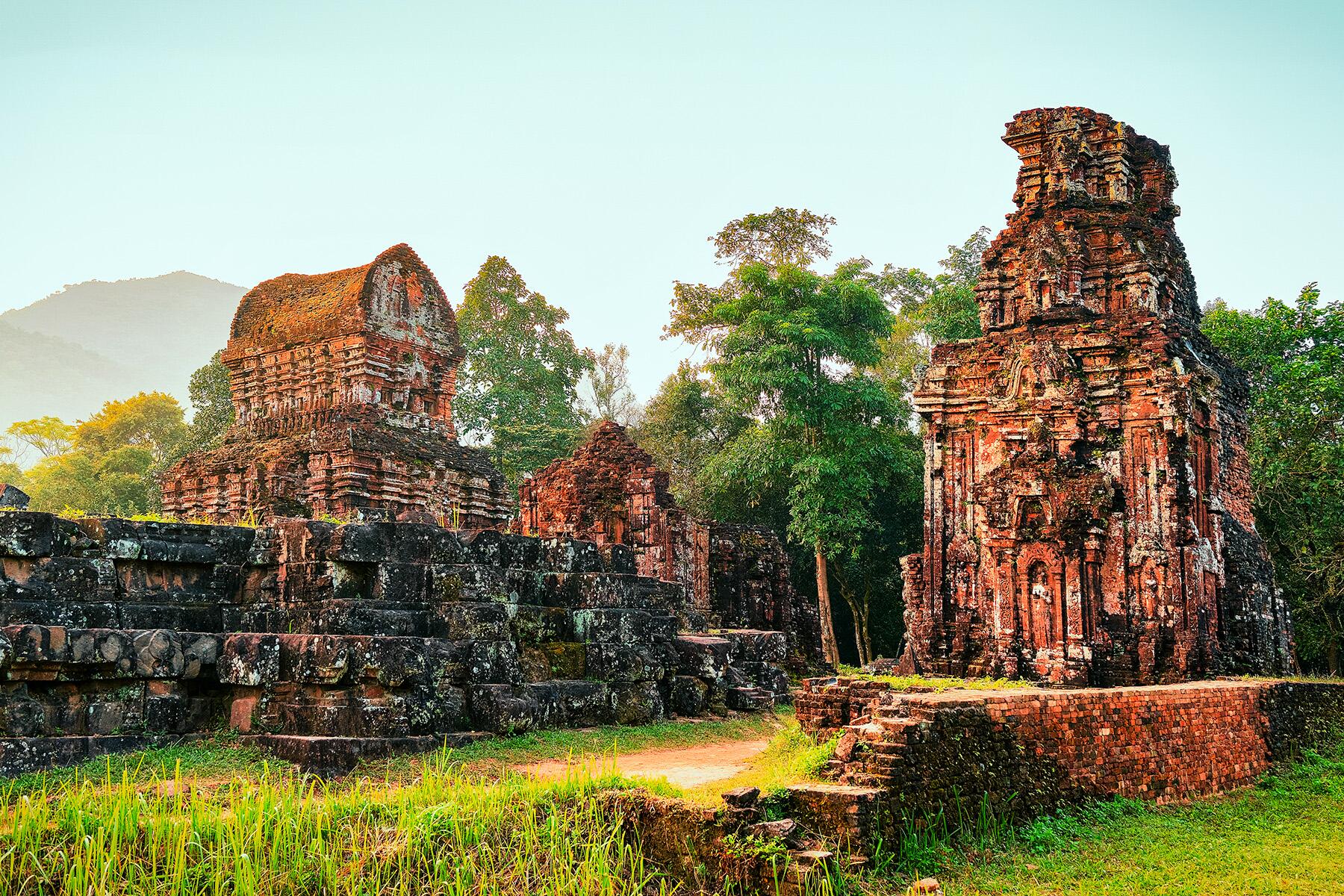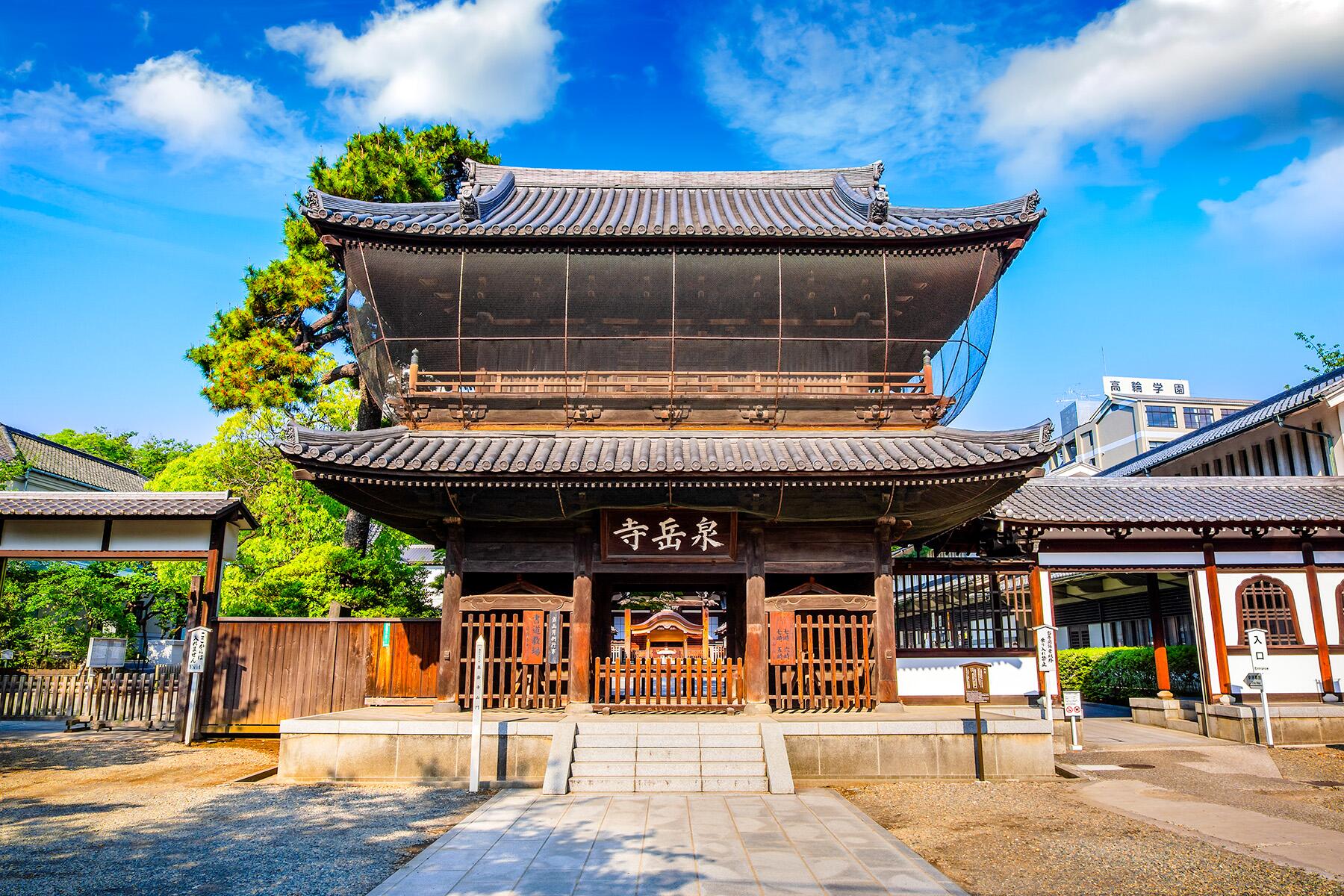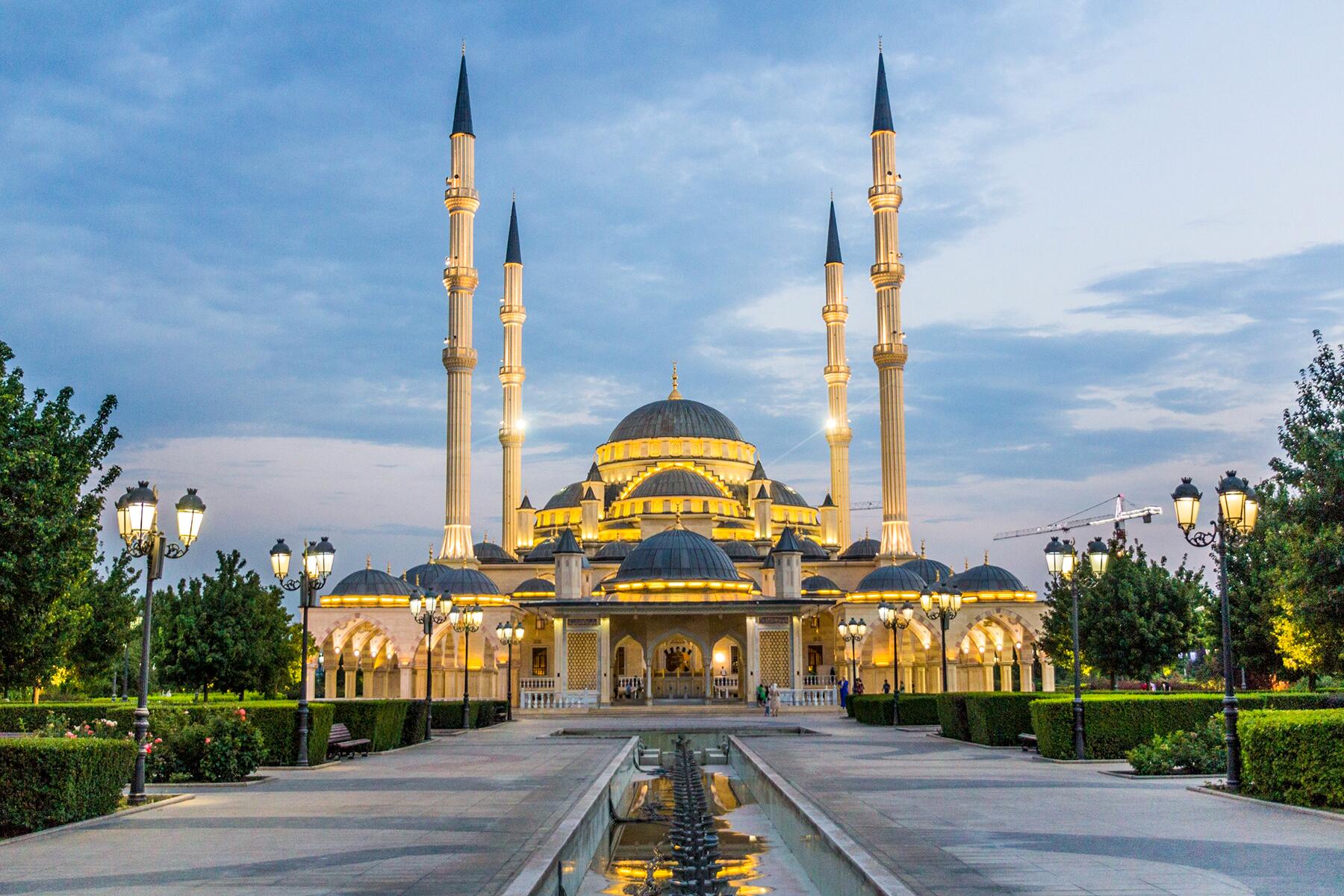- ⁄
- Travel News
- ⁄
- History •
- Trip Ideas
Unbeknownst to many, Europe is home to a rich, varied, and ancient indigenous Muslim culture that is often left unexplored.
Top Picks for You
Hala Sultan Tekke
WHERE: Larnaca, Cyprus
The story of Muslim Europe is as old as the religion of Islam itself, and this quaint little mosque overlooking two salt lakes in southern Cyprus is reportedly where it all began. Hala comes from the Arabic khala meaning “aunt,” for it is believed the beautiful Ottoman-style tomb on the site of this mosque is the final resting place of a woman called Umm Haram, which some accounts claim may have been an aunt of none other than the Prophet Muhammad himself.
Umm Haram is said to have been part of a fleet of Muslims that landed in Cyprus around 649 AD, which means Muslim Europe began in the 7th-century with the first generation of Muslims. That’s the same century Muhammad announced the religion to the world, and those first Muslims in Europe were his companions.
INSIDER TIPCyprus is still home to an indigenous Muslim community who reside mainly in the north, and that’s where travelers should head to experience Cypriot Muslim culture.
Mezquita Cathedral
WHERE: Cordoba, Spain
Although it serves as a cathedral today, Mezquita is Europe’s oldest surviving mosque. When it was originally founded, there was no Spain, England, or France. When Abd ar-Rahman I began constructing Cordoba’s Grand Mosque in 785 AD, most of the nation-states of Europe had not been born. An offshoot of the earlier Muslim Umayyad dynasty in Syria, Abd ar-Rahman’s mosque sat at the center of a flourishing and enlightened Muslim culture, where all three Abrahamic faiths lived in relatively peaceful coexistence. This corner of Muslim Europe was known as Al Andalus and reached its zenith in 929 AD, when Abd ar-Rahman III declared himself Caliph of the entire Muslim world, thus making this Europe’s only Caliphate mosque.
INSIDER TIPThe mosque’s most spectacular feature is its “mehrab” (prayer niche), deemed one of the finest expressions of Umayyad religious art. It is still preserved inside the mosque.
Recommended Fodor’s Video
Alhambra Palace City
WHERE: Granada, Spain
One of the most visited tourist sites in the world, the Alhambra Palace City is yet another spectacular expression of European Islamic art that sat at the center of a flourishing and highly cultured Muslim-led society. The Emirate of Granada was yet another place where Muslims, Jews, and Christians lived in relative harmony.
Built by the Nasrid dynasty in the 13th-century, the Alhambra became the last outpost of Muslim Spain, and when it fell in 1492, this also saw the end of Jewish and Muslim life in the country. Today, the palace city is a sprawling network of dreamy Moorish courtyards, gardens, and rooms that have inspired recreations all over the globe in places as far apart as Colombia and Morocco.
INSIDER TIPTickets should be booked in advance and visitors should make sure they do not miss the spectacular Muslim heart of the complex, the Nasrid Palace.
Sultan Murad Turbe
WHERE: Pristine, Kosovo
Although the Muslim presence in Europe began in the continent’s southwest, that period is now consigned to history. There are no indigenous Iberian Muslims alive today. Muslim Europe’s living legacy is mainly found in the Balkans, and that particular chapter begins here on the plains of Kosovo, just outside the capital city of Pristine.
Lying in a stunning Ottoman tomb is the (partial) remains of Sultan Murad I, who was killed following his army’s victory at the Battle of Kosovo in 1398, which saw the Muslim Ottoman Empire enter Europe proper. The victory not only ensured Europe’s indigenous Muslim population continued to thrive but also its Sephardic Jewish communities, who were later brought to this region by the Ottomans following their expulsion from Spain. Kosovo is Europe’s most Muslim country, where over 95% of the population follow Islam.
INSIDER TIPThe tomb is an active worship site, so visitors should dress modestly (women can borrow a scarf on entry). It is also customary to tip the friendly caretakers that live on site.
Keturiasdesimt Totoriu
WHERE: Lithuania
The story goes that 40 Tatar families settled in this village towards the end of the 14th or beginning of the 15th-century. That’s what the meaning of Keturiasdesimt Totoriu is: “Forty Tatars.” These families were part of a group of Muslim Crimean Tatars invited to what was then the Grand Duchy of Lithuania by the Grand Duke Vytautas to help defend the duchy against the threat of the Christian Teutonic Knights in 1398.
After quashing the intolerant Christian threat, the Muslims were invited to settle in the duchy’s lands in what is now Lithuania, Poland, and Belarus. Here, several villages remain that are home to these beautiful wooden mosques and several locals that claim a lineage going back to those original settlers.
INSIDER TIPDescendants of that original community migrated to the US during the early 20th-century and founded in Brooklyn what is now America’s oldest mosque, the Brooklyn Moslem Mosque.
Blagaj Tekke
WHERE: Bosnia and Herzegovina
Sitting at the mouth of the aqua-blue River Buna, a sheer rock face looming overhead, the Blagaj Tekke is an example of the stunning Sufi (mystical Muslim) lodges scattered across Muslim Europe. This was built in the 15th-century by members of the Bektashi sect of Islam, but today is home to the Naqshbandi Sufi Order who also hosts tourists and visitors. Bosnia is another one of Europe’s “Muslim” countries with more than half the population practicing Islam and a place very much proud of its Muslim heritage.
INSIDER TIPThe lodge and its dervishes also host public meditation sessions open to visitors. Check for timings on arrival.
Berat
WHERE: Albania
Albania is yet another Muslim-majority country with a long history of interfaith coexistence, a living example of which can still be found in modern-day Berat. Here in the shade of the UNESCO world heritage historic quarters, in the original Muslim and the non-Muslim Gorica neighborhood, Muslims and Christians live in peaceful coexistence. Both historic mosques and churches contribute to the town’s wonderful skyline, while most of the houses in the old quarters date back to the 18th and 19th-centuries.
INSIDER TIPSome of the historic houses can be rented by visitors who want to spend a night in one of the fairytale-like whitewashed houses.
Skopje Clock Tower
WHERE: Skopje, North Macedonia
Built in the 16th-century, this was the first clock tower installed in mainland Europe by the Ottomans and offers an insight into the strategic importance of the city known as Uskup to the Muslim empire. The clock tower sits in the courtyard of the imperial Sultan Murad II Mosque in the city’s northeast. Skopje is home to a large Muslim community and one of Europe’s largest concentrations of historic Muslim monuments. The city has several hans (travel inns), hammams (baths), mosques, tombs, and fountains from the Ottoman period scattered throughout.
INSIDER TIPHead across town to the Kale Fort for sweeping views of the city and to fully appreciate just how Muslim this city still looks.
Akhmad Kadyrov Mosque
WHERE: Grozny, Chechnya, Russia
Built in a neo-Ottoman style, the modern Akhmad Kadyrov Mosque is based on Istanbul’s famous Blue Sultanahmet Mosque. It sits in a serene location on the west bank of the Sunzha River in the Chechnyan capital of Grozny. Islam in Russia stretches back to the 8th-century, with some Russian communities even claiming direct descent from the Prophet Muhammad. However, most of Russia’s 21 million Muslims live in the “Asian” part of the federation. The Republic of Chechnya is the largest Muslim-majority republic in European Russia.
INSIDER TIPRussia is also home to the stunning St. Petersburg Mosque, inspired by central Asian Muslim architecture. It is probably the only mosque in the world named after a Christian saint.
Shah Jahan Mosque
WHERE: Woking, England
Reflecting an indigenous Muslim population in Britain, the Shah Jahan Mosque was so influential across Western Europe that it was dubbed the “Mecca of Europe” in its heyday. Hungarian-Jewish scholar Wilhelm Gottlieb Leitner constructed northwestern Europe’s first purpose-built mosque in 1889. It became the home of several prominent convert British Muslims, including Lord Headley, Sir Archibald Hamilton, and the famous Qur’an translator, Marmaduke Pickthall.
Leitner also founded the Muhammadan Cemetery in 1884 in nearby Brookwood—the UK’s first Muslim cemetery. In 1915, the Woking Muslim War Cemetery—now the Peace Gardens—was opened around the corner from the mosque to bury fallen British Muslim soldiers who died fighting for the Empire in WWI and WWII. Today, the mosque is used by a largely post-colonial, south Asian community that arrived from countries like Pakistan and India from the 1960s onwards.
INSIDER TIPThe best way to experience the sites are by grabbing the free Muslim heritage trail maps called Britain’s Muslim Heritage Trails. Visitors can follow these two self-guided trails to immerse themselves in this important European Muslim heritage: The Woking Trail and The Muslim Cemetery Walk.





